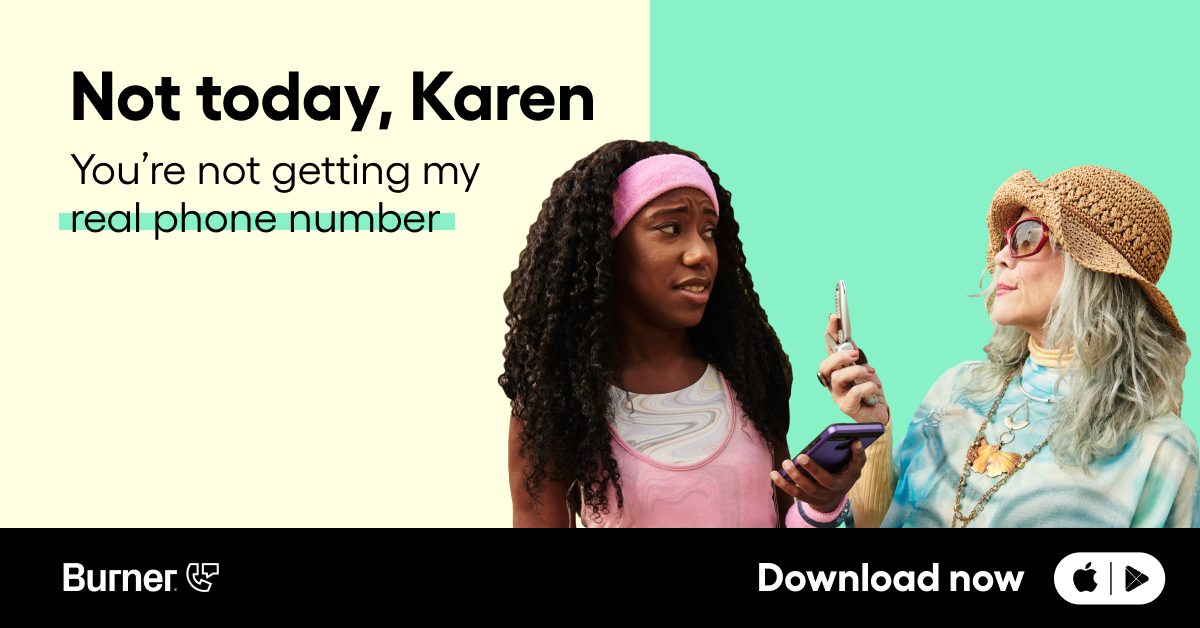Software as a Service (SaaS) is a cloud-based model that has changed the way people engage with technology as a whole. Instead of purchasing a piece of traditional software to download onto your hardware, SaaS sees you pay a subscription fee to access these applications via the internet.
This means that you are accessing the software platform from the cloud instead of using your own hardware to make everything work. This software delivery model is growing rapidly, and there are a variety of pros and cons associated with buying into SaaS software licensing.
How Does the SaaS Model Work?
SaaS differs from on-premise in that everything is hosted by the vendor that you are subscribed to. Your hardware is accessing the software itself, but everything is saved on the cloud via storage provided by a third party.
Before installing this software, you need to subscribe to a service and connect it to the devices you want to use. Once you have done this, the provider manages the resources and integrations so long as you keep paying the subscription.
SaaS has become so widespread that almost everyone today uses them to some extent; even Microsoft 365 is an example of SasS.
Pros Of SaaS Applications
With the software being hosted and managed by a third party, the user themself is left with minimized costs on their end. The user doesn’t have to use server space or buy new hardware to accommodate their software.
All you need to do is buy your subscription and keep it active. All tech support and updates are handled by the provider, meaning upkeep is part of your subscription fee and not something you need to worry about on your end.
You also aren’t downloading the software to your device, meaning any device connected to your subscription will be able to use the software without any hitches between them. With all of this in mind, costs and time spent managing software and hardware are reduced, meaning that you have more time to dedicate to your work.
Cons Of SaaS Applications
As with any internet-based service, you need to make sure you have a strong internet connection if you want to use a SaaS provider. If your connection isn’t up to snuff, you could end up with slow speeds and inconsistent performance.
You also have to accept that you won’t have full control over the software you are using since you don’t play a part in updating it.
You need to consider a distinct lack of customization associated with SaaS before moving forward with these services.

How To Choose A SaaS Service Provider
When choosing a SaaS provider, you want to make sure the product is secure and that your hardware can handle everything it needs. That being said, you are probably using multiple different examples of SaaS consistently.
Burner is an example of a SaaS that you can use with your phone. With Burner, you subscribe to a plan that gives you a fully functional second phone number that you can use for calling and texting.
Burner gives you access to a functional second phone within your existing device so long as you stay connected to it.
Conclusion
SaaS has become so prominent that it is almost impossible to avoid engaging with it, at least on occasion. SaaS can be used to change the infrastructure of your business or just to replace one function on your computer.
Services like Burner only require that you subscribe for full access to a second phone number with many of the functions of a second phone. Likely, SaaS will only become more prominent over the next few years.
So it is a good idea to get acquainted with them and how they can benefit you as soon as possible. Start your Burner 7-day free trial today.
Sources:
Software as a Service | UC Berkeley Sutardja Center




.svg)
.svg)

.svg)
